We stroll down memory lane while actually strolling down Sazae-san-dori in Fukuoka City

The city’s street dedicated to Japan’s beloved Sazae-san characters evokes a feeling of warm nostalgia.
Our Japanese-language reporter K. Masami, like many others who grew up in Japan, feels that there’s no TV show with a more quintessentially Japanese family-feel than Sazae-san (サザエさん). Originally written by Machiko Hasegawa (1920-1992) as a four-paneled newspaper comic strip, the story follows the everyday antics of a fictional intergenerational family centered on daughter/wife/mother Sazae Fuguta and her husband, son, parents, two younger siblings, and pet cat, all of whom live together in the same house. The comic was adapted into a TV anime series in October 1969 that’s still airing to this day–already a decade ago earning it the distinction of the longest running animated TV series in the world.
Most of the original comic takes place in Tokyo, where in real life there’s even a museum dedicated to Machiko in Tokyo’s Setagaya Ward. However, what many people don’t realize is that at the start of its run in 1946, the comic originally took place in Fukuoka City, where Machiko spent her childhood and the years during WWII. It was correspondingly published in the local and now defunct Fukunichi Shimbun newspaper. The fictional family’s move to Tokyo then corresponded with Machiko’s actual move to Tokyo and shift to publish her work in Tokyo’s influential Asahi Shimbun newspaper in 1949, where the family has resided in imaginations ever since.
▼ The comic may have ended in 1974, but new episodes of the anime continue to this day, airing every Sunday evening in Japan.
素晴らしい宴席。
— an_shida (@an_shida) March 26, 2023
#sazaesan #サザエさん pic.twitter.com/kakiDHONVl
Masami recently caught wind of a special sightseeing road that celebrates Sazae-san in the area of Fukuoka City where Machiko grew up. Spanning 1.6 kilometers (0.99 miles), Sazae-san-dori (also known as “Ms. Sazae Street”) was completed in 2012. It begins right outside of the entrance to Nishijin Station at the Wakiyama-guchi intersection and runs up until Momochi Seaside Park. She was eager to see the locality of the woman who brought such a beloved cast of characters into the world, so she hopped on a train and made her way to Fukuoka City.
Immediately upon exiting the ticket gates at Nishijin Station, Masami spotted columns featuring illustrations of Sazae-san characters as well as a wall plaque featuring the cover of the first collected volume of comics and its first chapter.
▼ Spring version: Sazae, her siblings, parents, and son Tarao
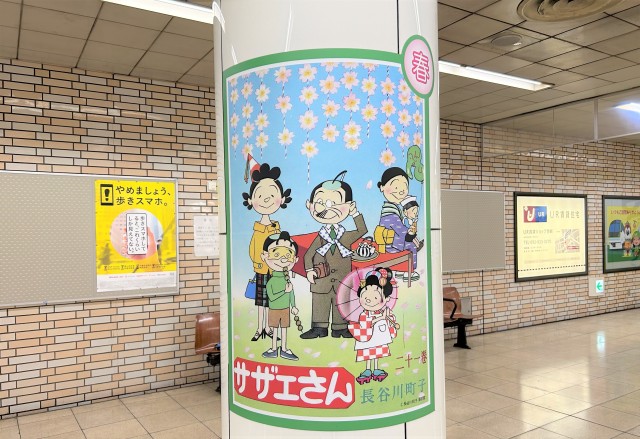
▼ Summer version: Sazae and her younger sister Wakame
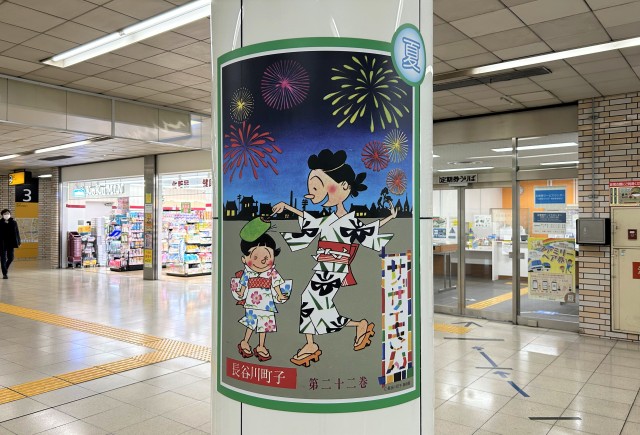
▼ Fall version: Sazae, Wakame, and her younger brother Katsuo

▼ Winter version: Sazae and Wakame
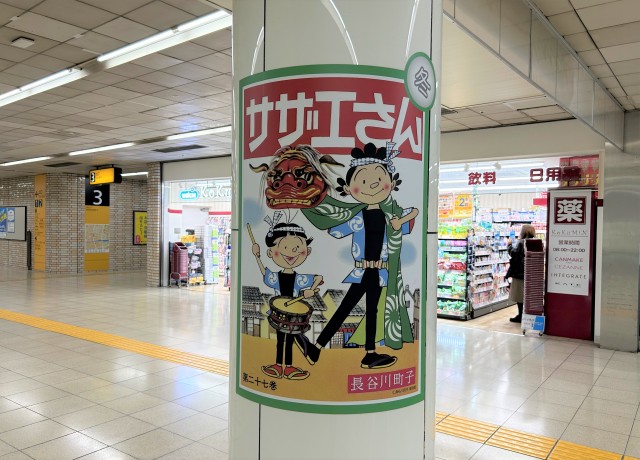

In addition, a massive sign including a map of the route welcomes visitors and points in the direction of the staircase that leads up to the start of Sazae-san-dori.
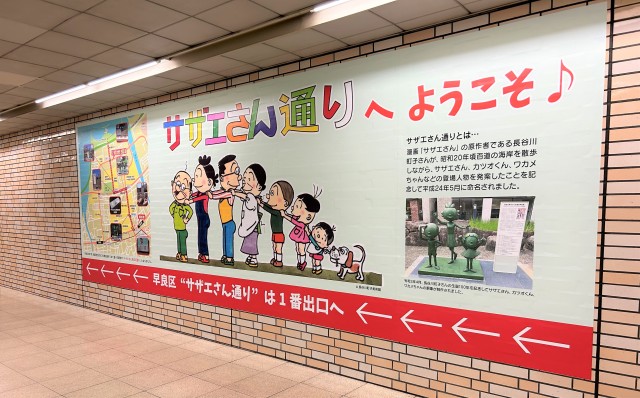

She emerged above ground, crossed an intersection, and walked along the street for a bit. She hadn’t done any research ahead of time and had no idea what was waiting for her, but the various signs and banners were easy to follow.
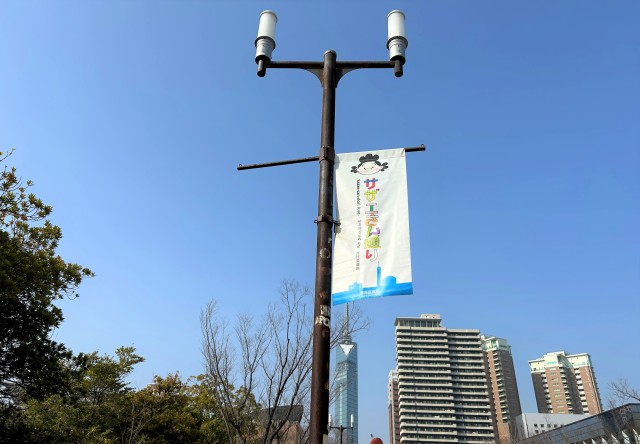
Suddenly, right in front of Seinan Gakuin University, something came into view. She moved closer and two bronze statues of Sazae and Machiko herself, chatting and laughing about something, came into view. Masami pictured college students also joking and blending in with the statues–a thought which made her smile.
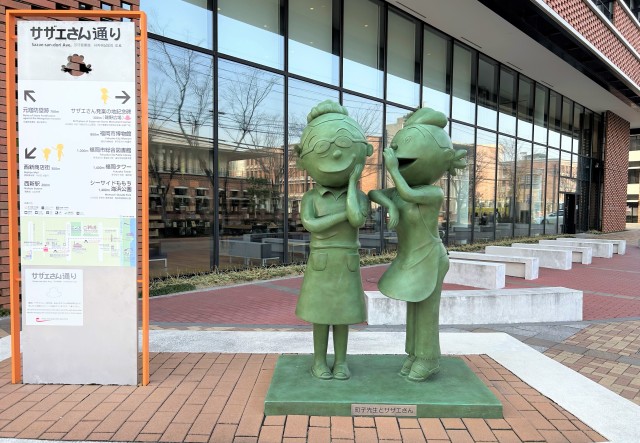
Just a little further along she came to an area that was in the vicinity of Machiko’s former neighborhood and likely influenced her work. A specific spot dubbed Isono Square (Isono is Sazae’s maiden name) also housed more artistic tributes. In addition to more statues of Sazae and her two younger siblings, there was a bench with silhouettes of her, Katsuo, and Tarao.
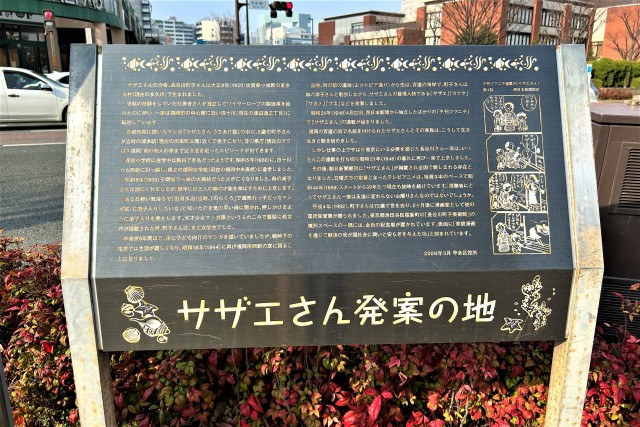

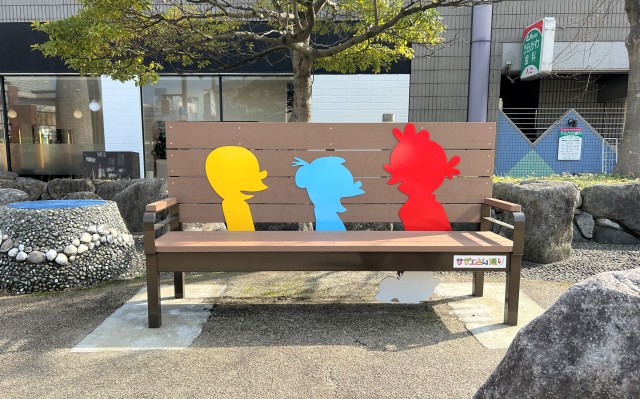
Masami thought about how local children must play right beside the characters, or sit on the bench as they wait for the nearby traffic signal to change. She was again touched by how naturally the characters seemed to blend right in to the scene. It must have been this exact kind of everyday, natural feeling that inspired Machiko to create her now-familiar characters in the first place.
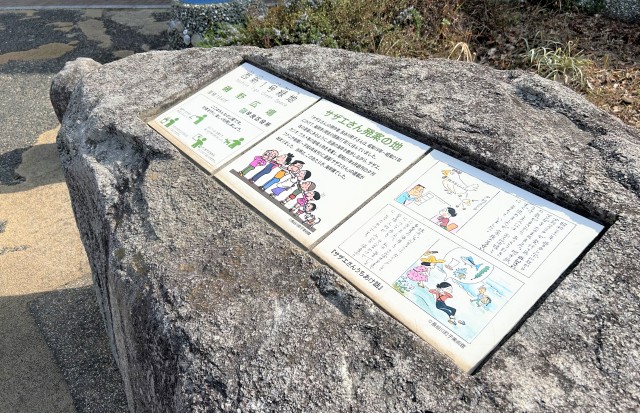
This sign in particular noted the neighborhood that Machiko once lived in and the influence of the coastal area on her work (the core characters are all named after types of seafood). However, the coast looks very different now than it did in Machiko’s time, with the addition of an artificial beach and recreation areas where the sea used to begin.
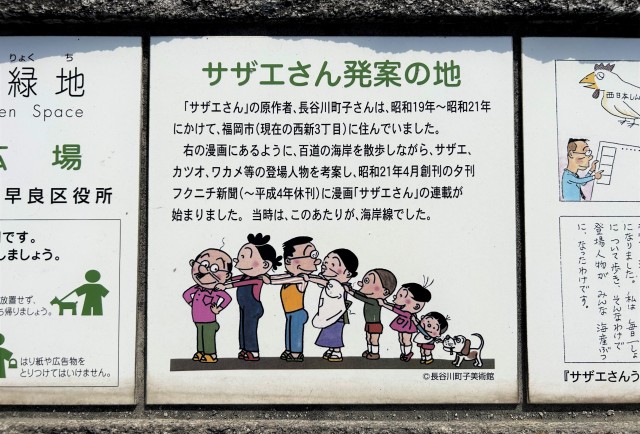
Masami continued along the walking route and admired the Sazae-san signs peppering the rest of the way up until the water. It was very relaxing to move along at her own pace until she spied each new one.
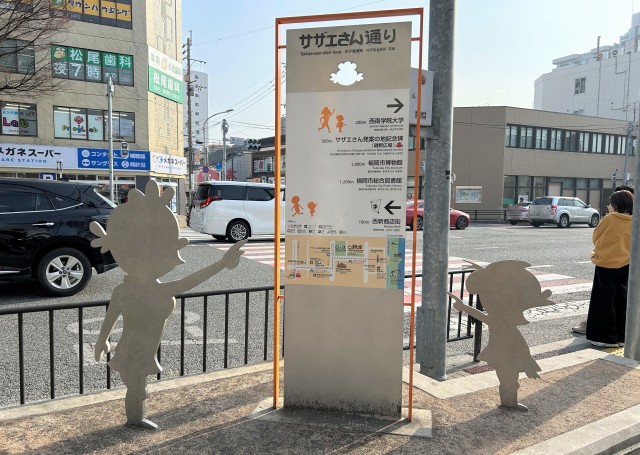

Along the way, she also passed some famous local landmarks such as the Fukuoka City Museum and the Fukuoka Tower (bonus sightseeing!).
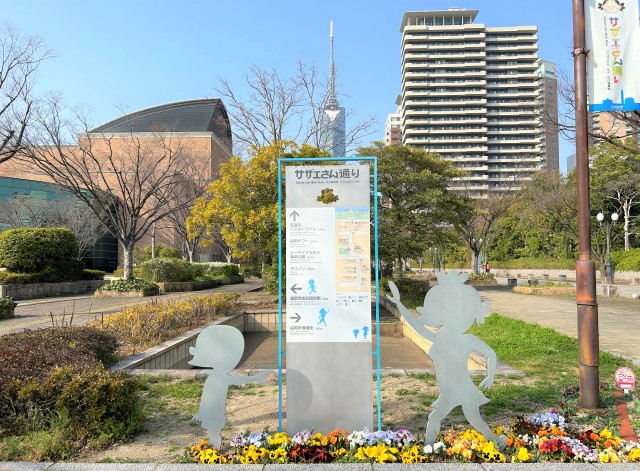
Many of the signs were also multilingual, such as these ones with English, Korean, and Chinese text. She took it as a sign of Sazae-san’s widespread influence.
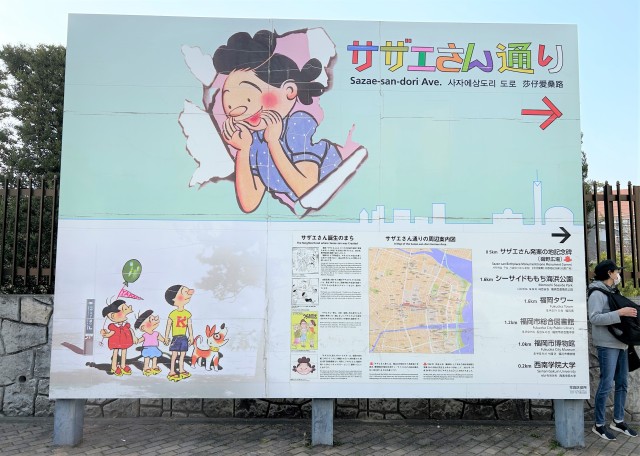
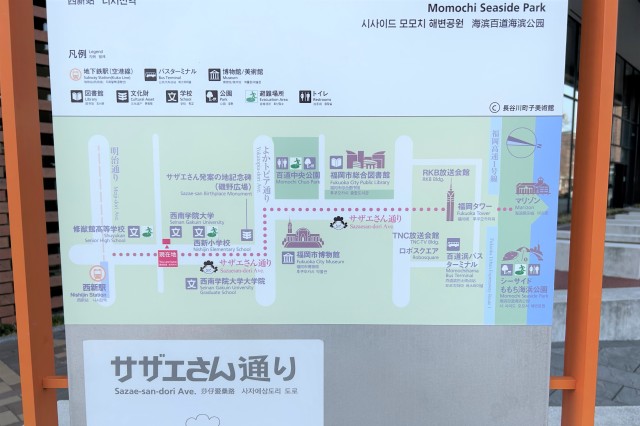
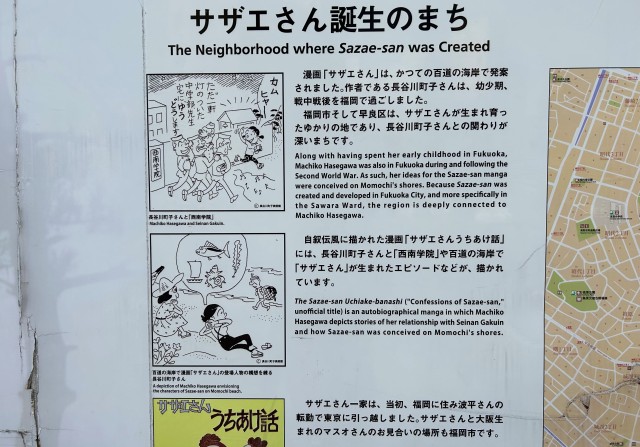
▼ A timeline of Machiko’s life
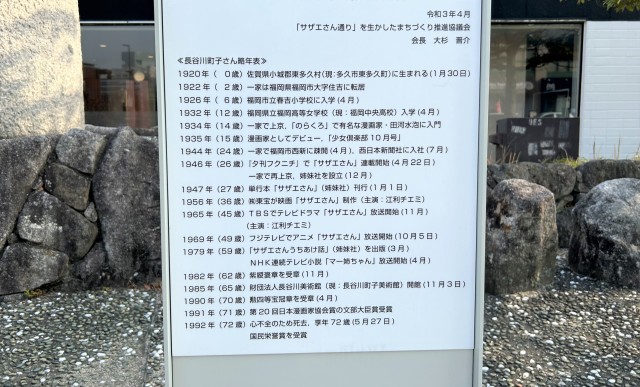
All in all, Masami loved her short but educational stroll down memory lane while celebrating characters that had existed since before she was born. She decided that a healthy dose of nostalgia, along with the occasional modern tribute, was important food for the soul.
Reference: Sazae-san-dori
All images © SoraNews24
● Want to hear about SoraNews24’s latest articles as soon as they’re published? Follow us on Facebook and Twitter!
Credit:




0 comments: